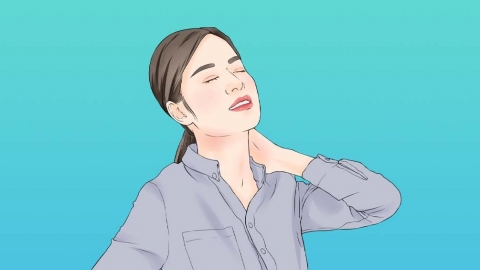Does cervical spondylosis causing tightness in the head affect work?
Generally speaking, whether cervical spondylosis-related tightness in the head affects work depends on the specific circumstances. If the symptoms are mild and short-lived, they usually do not interfere with work. However, if the symptoms are severe and occur frequently, they may impact work performance. Detailed analysis is as follows:

If the tightness in the head caused by cervical spondylosis is mild, occurring only after prolonged periods of looking downward or physical fatigue, and can be quickly relieved with rest, without accompanying significant dizziness or headache, the impact on concentration and motor coordination is typically minimal. In such cases, normal work rhythm is generally unaffected, and daily tasks can continue as usual.
When the head tightness caused by cervical spondylosis is severe, occurs frequently, lasts for prolonged periods, and is accompanied by symptoms such as dizziness, neck stiffness, and numbness in the upper limbs, it may lead to difficulty concentrating and slowed reaction times, affecting work efficiency and quality. Even more so during tasks requiring fine motor skills or high levels of concentration, the risk of errors increases, and work may be significantly impacted.
To minimize the disruption caused by cervical spondylosis-related head tightness, it is important to maintain proper sitting posture during work, avoid prolonged periods of looking downward, and take breaks to move and relax the neck muscles periodically. Simple neck stretches during work breaks can also help relieve tension in the neck.





